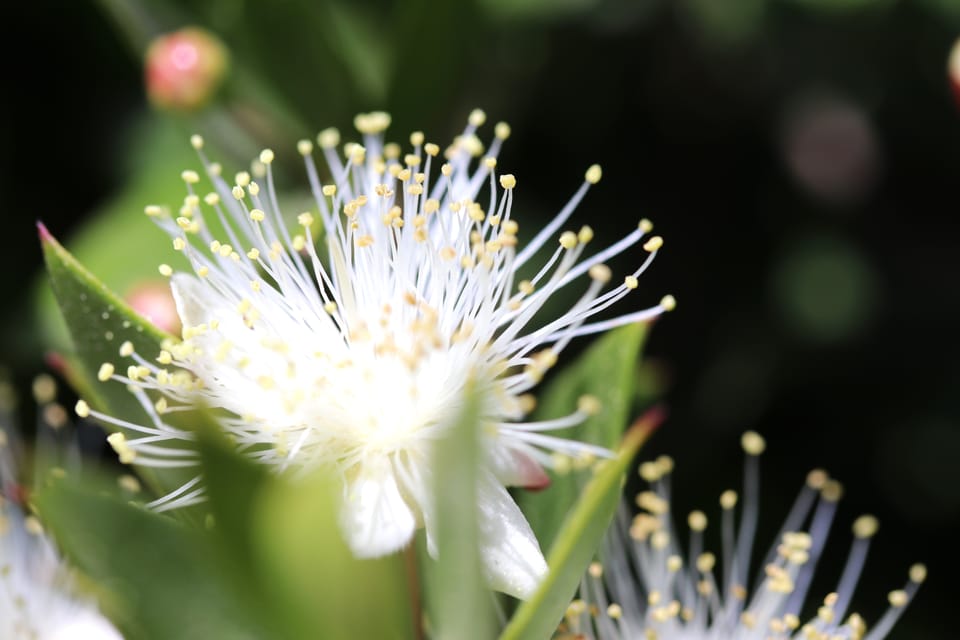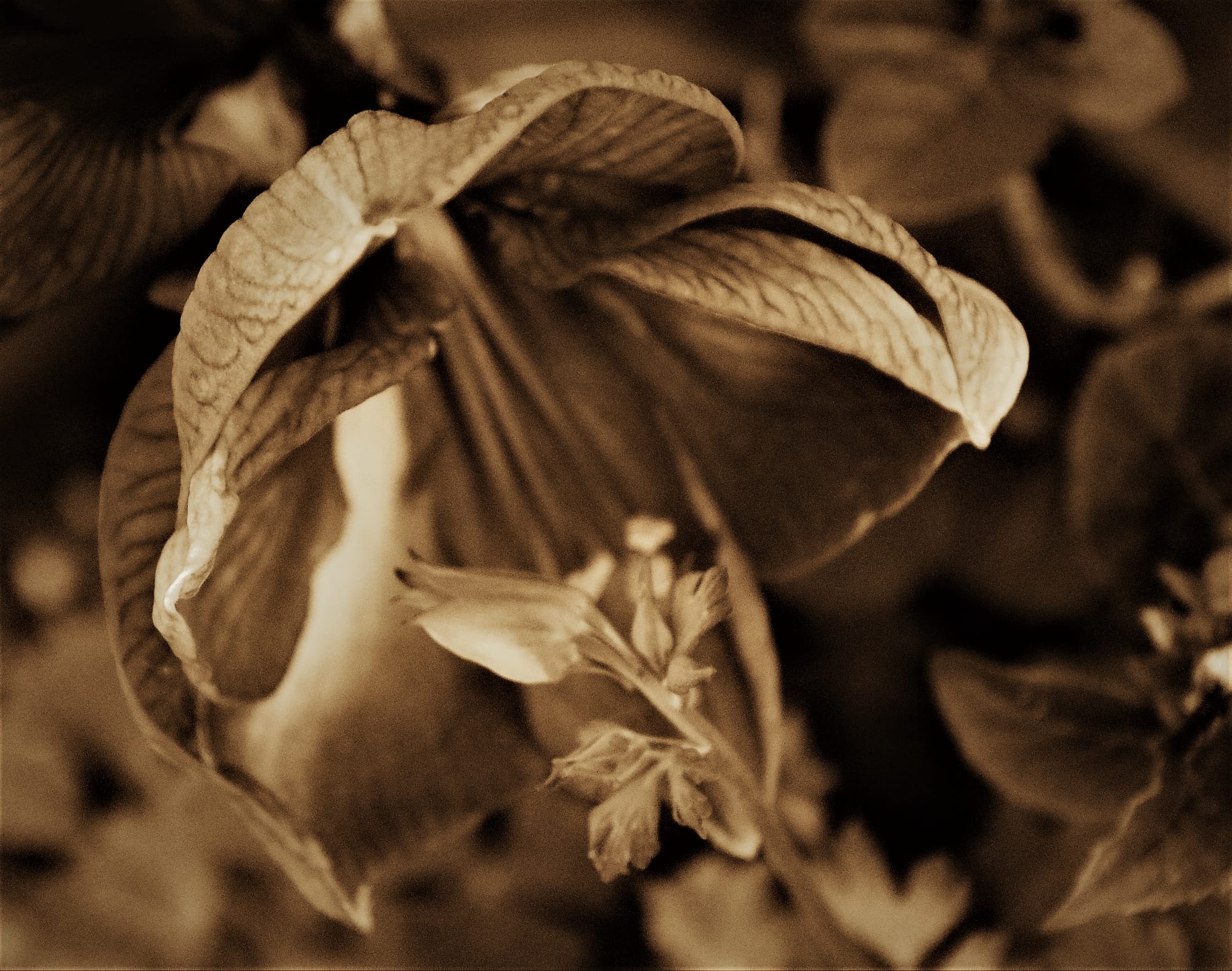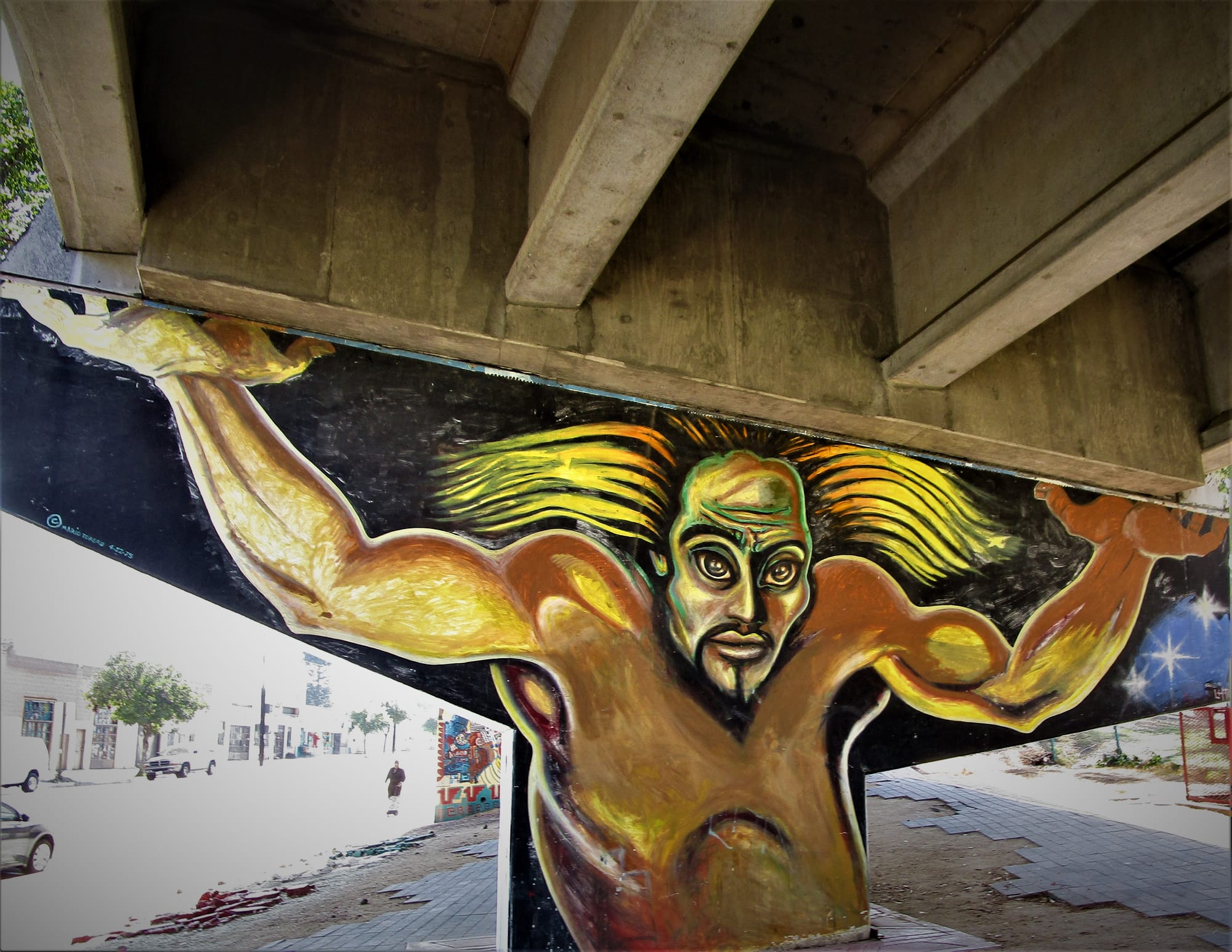An Occasional Absence: On the Poignance of Photographs

As a stationary expression of time, a photograph suggests the arrival of memories, not necessarily of the prosaic kind but those that speak to deeper emotions. Fragrance does much the same. However, unlike olfactory remembrances, pictures enliven the mind's eye with concrete images, which, under the right circumstances, invoke the glory of imaginary landscapes. But more than this--much more--a photo reminds us to appreciate each moment, as time flees into an ever-deepening distance.
Sunlight and cloud shadows moving across the mountains;
Subtle growth of limbs and a child's changing face;
The old building falling into tragic decay;
A new photographer has much to explore and countless wonders to consider.
I recall the excitement of my early excursions, struggling with new gear, learning to use each piece according to instructions from YouTube, delighting in periodic triumphs. In the end, I became a passable photographer--not a great one--able to create image essays and accompany my written work, which was all I sought. However, the emotional impact of photography is what I truly cherish, even now. And then, there are the deeper layers of meaning to consider.
A photograph is distinct from a snapshot, the latter being a glimpse of life that passes quickly into oblivion. By contrast, the former exhibits qualities of permanence, much like the static forms of a painting. Moreover, frame composition and the use of certain principles help to create ordered elements, a focal point, perhaps even a path for the viewer's eye to follow. In short, a photo endeavors to tell the photographer's story by design, while the snapshot does so mainly by chance--perhaps encumbered by technical issues like unintentional blurriness or overexposure. Of course, in both instances, it is the missing elements (that exist only by implication) which truly define the artform, the moment after the image was captured, objects and people that lingered nearby and escaped observation. Many theorists have explored this peculiarity of the medium at length, so I thought it useful to mention here. At any rate, this theme of celebrating the absence of artistic content informed my own work a great deal.
All to what end?
Each time I photographed someone, or something, I assumed that I would return in the future, happy to resume documentation, depicting beautiful elements of change. Not so. People pass away, and landscapes erode with the wind and rain of seasons, often doing so before we can revisit them. What if I had traveled to document a dilapidated building prior to its demolition? Perhaps the captured shadows and corners of intrigue would remain in my files, forgotten aspects of life lingering in historical memory, somewhere. What if I had managed to photograph an old friend before an untimely death intervened? In the end, I accomplished neither of these things, and therein lies the poignance of photography and the occasional absence of form.


